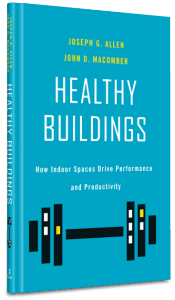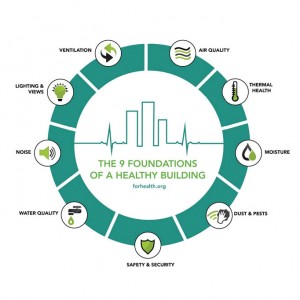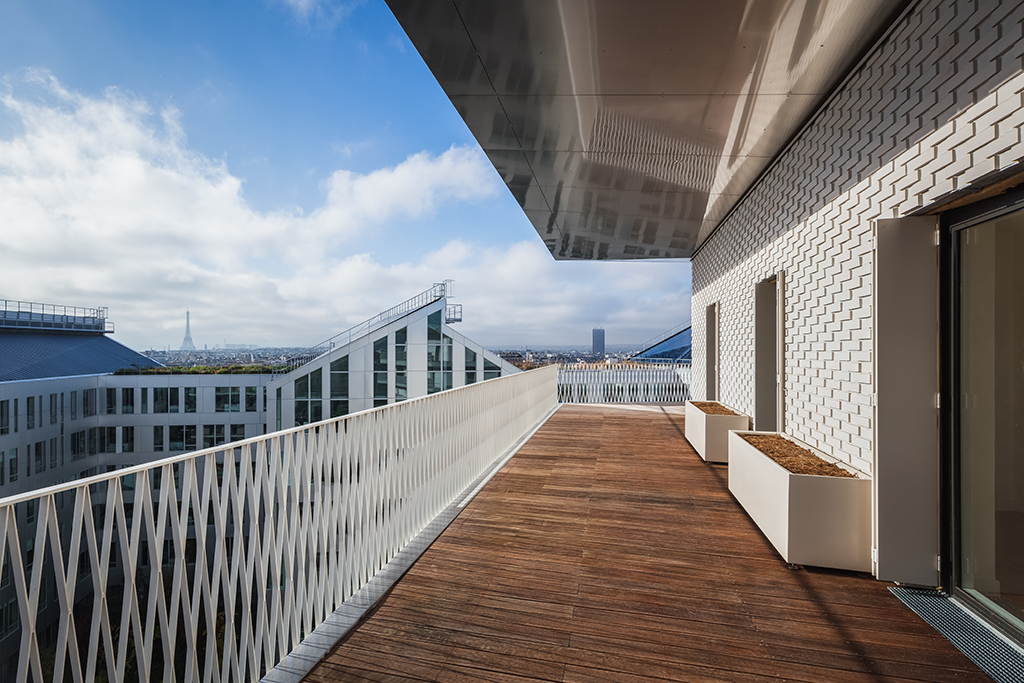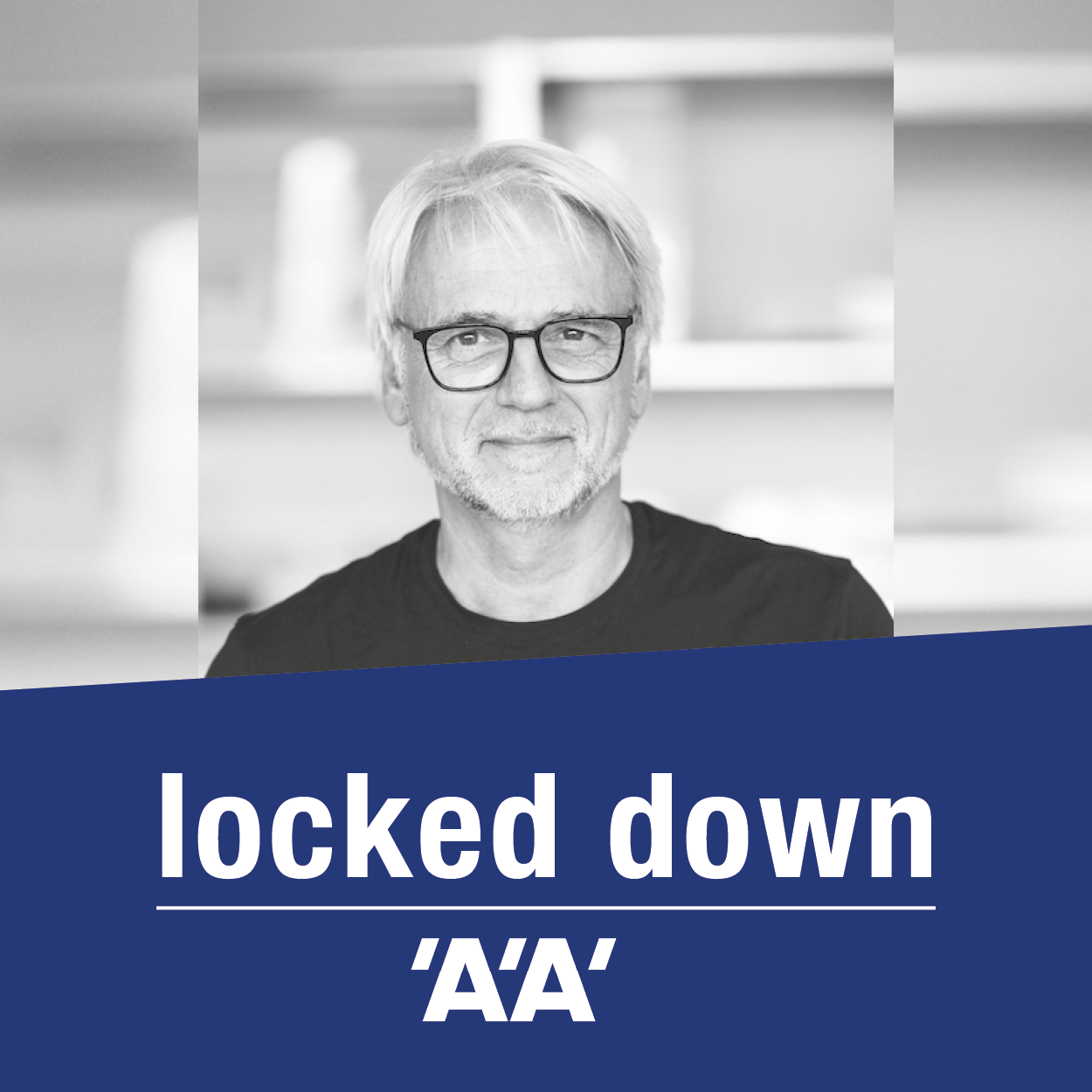Opinion piece: a healthy body in a healthy building
Since the beginning of the Covid-19 pandemic, the entire world was forced to rethink its way of living and working. In that context, architects had an opportunity to imagine healthy buildings allowing people to live healthily. This was Joseph G. Allen and John D. Macomber’s response.
More thoughts how architects conceive the new workplace in AA 436, now available on our online shop.

Architects will need to respond to Covid-19 in four ways: with designs that accommodate social distancing, with a layered approach to infection risk, with specifications that result in healthier buildings, and with technology choices where sensors and monitoring will become more widespread and more democratic.
We explore these and other measures and interventions in our new book, “Healthy Buildings: How Indoor Spaced Drive Performance and Productivity.” It was researched and written before Covid-19, based on Joe’s For Health work at the TH Chan Harvard School of Public Health and John’s real estate and finance work at Harvard Business School. The key recommendations matter even more in a post Covid-19 world.
Social distancing after Covid-19
After Covid-19, building occupants will never look at their doorknobs or elevator queues or desk placements the same way ever again. Facility managers, whether in museums or offices or apartments or train stations, will be doing much more cleaning. Designers, however, will be asked for more: how to achieve separation of several meters between people, or how to stage people on different levels, or how to reduce the transmission of coughs and sneezes while also using square footage effectively. This will be an interiors challenge, a circulation challenge, and in particular an assembly hall challenge.
Hierarchy of Controls
As always, the best designs will look good and will work well and will be cost effective. Vast trading floors or open office cubes, 30-passenger elevators, and narrow two-way corridors will no longer be simple; architects will have to work with clients to manage health risks (perceived or real) and consider a layered approach to this new design problem. We propose that owners act along a hierarchy of interventions that range from the most effective at stopping transmission of disease (total social isolation) to the least effective (masks and personal protective equipment). The most effective ones for health are also too costly to design and too costly for business. The least effective ones are dangerous. Therefore, where does the balance lie? In Healthy Buildings. Finding this balance this will be the province of the architect.
Specifications

Our book goes into detail on the research-based 9 Foundations of a Healthy Building. It won’t surprise readers to learn that the foundations include lighting & views, ventilation, air quality, thermal health, moisture, dust & pests, safety & security, water quality, and noise. What might be a surprise is that in the post Covid-19 world, building owners, users, and tenants will be much more willing to pay for equipment and systems upgrades on all these fronts. When it’s more than a matter of comfort – when a few incremental euros of capital cost can save tens of thousands of euros in health care costs and lost employees or customers or apartment dwellers – the provision of a measurable and certifiable Healthy Building will be a differentiator for clients and an important part of architectural practice.
Sensors and Monitoring
Today, individual citizens can easily purchase air quality monitors and health monitors, connect them to smart phones, and share that data on a continuous basis out in “the cloud.” New ratings and recommendation sites similar to Travelocity or Yelp or Open Table or Morningstar will arise to digest and publish the findings – for example just what are the PM 2.5 or CO2 readings in this apartment or office or theatre this week? This will mean that architects and engineers need to anticipate a new, continuous stream of feedback on their designs; since building managers (and leasing agents) will be fielding a new generation of pointed and informed questions. With objective measurements in the hands of end users who are newly attuned to the perils of communicable diseases, a healthy building will go from more than a nice to have – it will become a must have.
By Joseph G. Allen, professor at the TH Chan Harvard School of Public Health and John Macomber, professor at Harvard Business School





